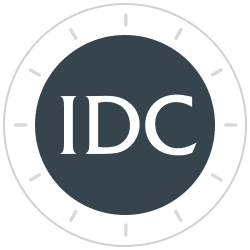A surge in commodity prices has the Federal Reserve and Wall Street banks gearing up for the start of a possible new supercycle. Defined by an extended period during which demand drives prices well above their long-run trend, the impetus for this supercycle is the massive federal government spending coupled…
Keep Reading »
In the fourth quarter of 2020, total brokered deposits with CUSIPs less than $250,000 decreased to $359 billion from $405 billion the previous quarter. The number of banks with these brokered CDs that are ranked below investment grade by IDC Financial Publishing (IDCFP), fell to 33 from 40 in the…
Keep Reading »
Updated for 4th Quarter 2020 ranks
IDC Financial Publishing’s Record in History
IDCFP’s CAMEL safety ratings of banks, savings institutions, credit unions range from 300 (the top grade attainable) to 1 (the lowest). From the early 1990’s, through today, institutions using our CAMEL ranks determined that ranks less than 125 were deemed…
Keep Reading »
When financial markets became increasingly influenced by excessive lending before the financial crisis in 2018-2019, IDC Financial Publishing's methodology played an important role in tracking financial institution safety, and established a successful record that may alert investors to another period of risk in the future.
Learn how IDCFP became a benchmark…
Keep Reading »
The decline in the yield on Treasury Inflation Protected Securities (TIPS) best explains how the Federal Reserve stimulates the economy following a recession. During the 2009 to 2012 period of recovery following the financial crisis of 2008/09, the TIPS yield peaked at 2.0% in 2008 and subsequently declined to -1.5%…
Keep Reading »
